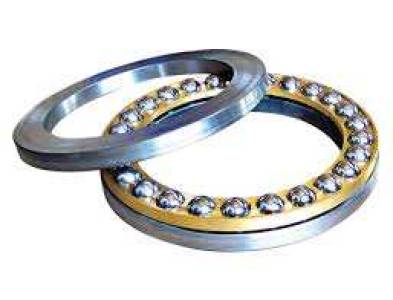
Plain bearings, also known as sleeve bearings or journal bearings, provide a simple and effective solution for linear and rotational motion applications. Unlike rolling element bearings (ball or roller bearings), plain bearings utilize a sliding contact between two surfaces – typically a shaft (journal) and a bearing sleeve (bushing) – lubricated to minimize friction and wear. This design offers several key advantages:
Key Features & Benefits:
Applications:
Plain bearings are widely used across numerous industries and applications, including:
Specifications (Example - Varies by Manufacturer and Model):
Choosing the Right Plain Bearing:
The selection of an appropriate plain bearing depends on several factors, including:
Contact us today to discuss your specific application requirements and let us help you choose the ideal plain bearing for your needs. We offer a wide range of sizes, materials, and configurations to ensure optimal performance and longevity.